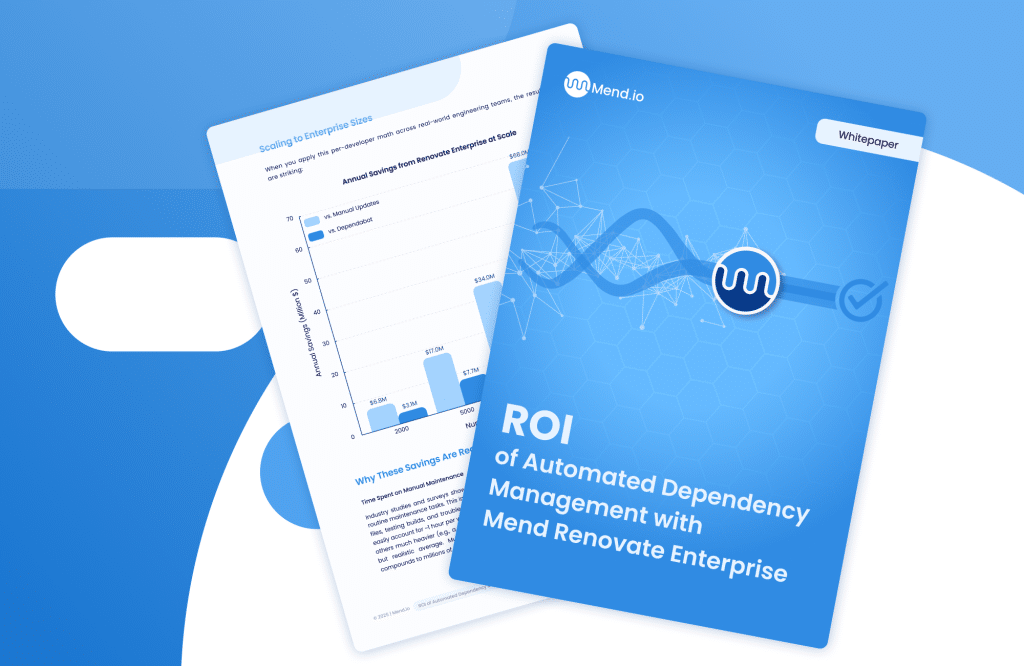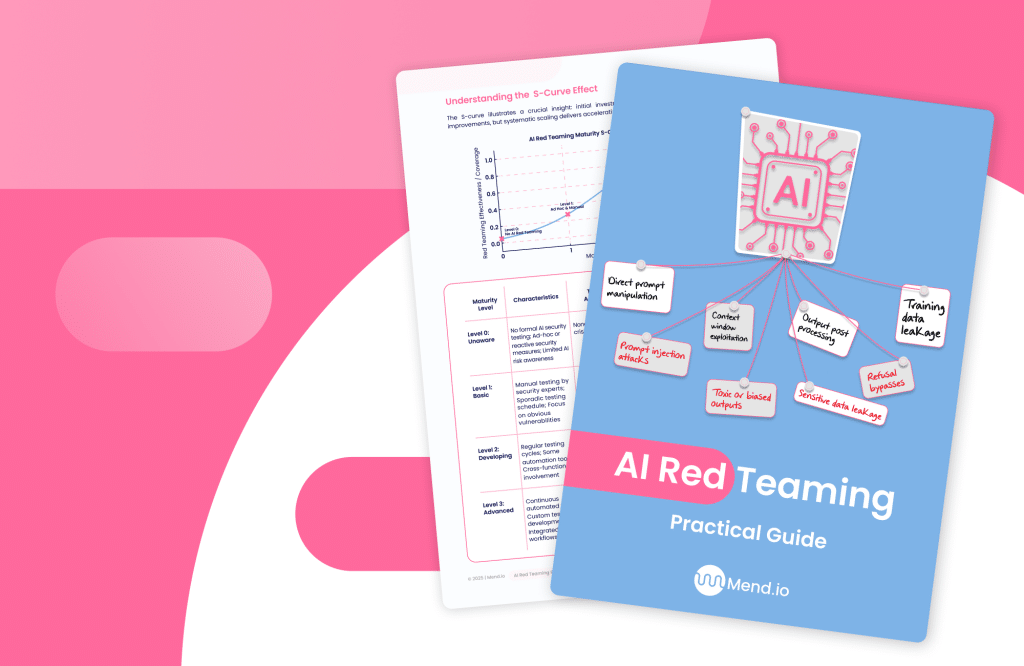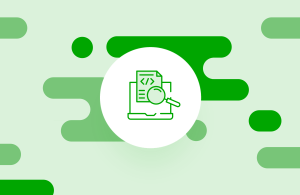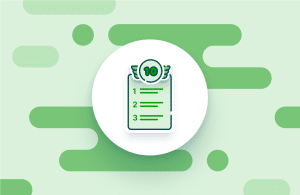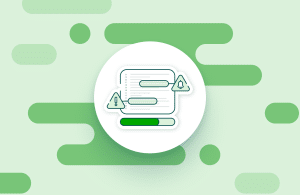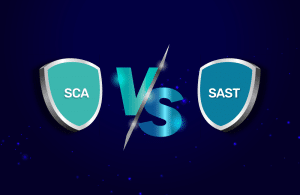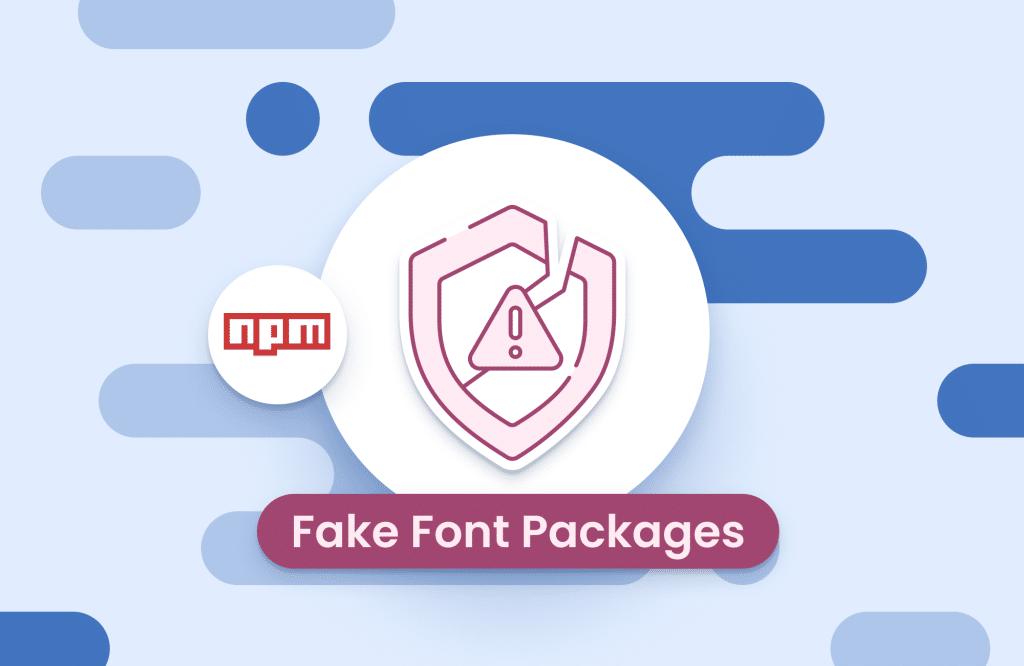Table of contents
Best SAST Solutions: How to Choose Between the Top 12 Tools in 2025
Static Application Security Testing (SAST) has become a critical part of modern DevSecOps. With software supply chain attacks rising and compliance requirements tightening, organizations need reliable SAST solutions that integrate into development workflows, reduce false positives, and deliver actionable remediation. Choosing the right tool is not just about scanning for vulnerabilities, it is about empowering developers to code securely without slowing delivery. This article is part of a series of articles about SAST.
What are SAST solutions?
SAST, or Static Application Security Testing, solutions analyze an application’s source code, bytecode, or binary code to identify security vulnerabilities early in the software development lifecycle (SDLC). They work alongside approaches such as source code analysis and source code review tools to give development teams a more complete picture of code healthThese tools help developers find and fix issues before they are deployed, reducing the risk of security breaches.
Key aspects of SAST solutions include:
- Early vulnerability detection: SAST tools identify potential vulnerabilities in the code during development, before the application is even compiled or deployed.
- Source code analysis: They analyze the source code, bytecode, or binary code to find security flaws, including those related to coding practices, algorithms, and libraries.
- Integration with development workflow: SAST tools can be integrated into IDEs and CI/CD pipelines for continuous security testing.
- Remediation guidance: Many SAST solutions provide detailed reports with remediation guidance, helping developers fix the identified vulnerabilities.
- Prioritization: Some tools help prioritize vulnerabilities based on their severity and impact, allowing developers to focus on critical issues first.
- High accuracy with low false positives: Reliable SAST tools reduce noise by accurately detecting true vulnerabilities and minimizing false positives, allowing developers to focus on real risks without distraction. False positives have historically been one of the biggest frustrations for developers using SAST; our guide to SAST false positives explains how modern tools are improving accuracy.
- Development empowerment: By integrating into developer tools and workflows, SAST empowers teams to detect and resolve security flaws early.
- Reporting and compliance: Effective SAST solutions offer reporting that aligns with industry standards and regulations, simplifying audits and compliance efforts.
Benefits of using SAST include:
- Reduced security risks: By finding vulnerabilities early, SAST helps prevent security breaches and data leaks.
- Cost savings: Fixing vulnerabilities during development is generally less expensive than fixing them after deployment.
- Improved code quality: SAST encourages developers to write more secure code and adopt secure coding practices.
- Enhanced security posture: SAST contributes to a stronger overall security posture for the organization.
- Compliance: SAST helps organizations meet regulatory requirements and industry standards related to secure coding.
Choosing the right SAST solution:
- Consider the languages and frameworks used: Ensure the SAST tool supports the technologies used in your application. Different vendors have different strengths here, so reviewing our breakdown of best SAST tools can help you match tool coverage with your stack.
- Evaluate the tool’s accuracy and performance: Look for tools that provide accurate results with minimal false positives. It also helps to compare how different SAST tools handle speed, accuracy, and developer experience side by side.
- Assess the integration capabilities: Choose tools that can be integrated into your existing development workflows.
- Consider the cost and licensing options: SAST tools can range from free and open-source to commercial solutions with different pricing models.
- Evaluate the vendor’s support and documentation: Ensure the vendor provides adequate support and resources for using the tool.
Static Application Security Testing (SAST) is a proactive approach to identifying security vulnerabilities in source code during development. This article delves into the core features of SAST tools, reviews leading solutions, and provides guidance on selecting the right tool to enhance your software’s security posture.
Key aspects of SAST solutions
SAST tools will vary from vendor to vendor, but there are a few core features you can expect to find across the board as you do your window shopping:
- Source code analysis: A SAST tool’s worth is tied to its ability to analyze code written in multiple programming languages. Broad language support ensures development teams can scan diverse codebases, whether it’s Java, JavaScript, Python, C#, or others, without needing separate tools for each language.
- Integration with the development workflow: By seamlessly connecting with Integrated Development Environments (IDEs), CI/CD pipelines, and version control systems, developers can detect and fix security issues as they write code, promoting continuous security without disrupting productivity or slowing down delivery cycles.
- Remediation guidance: By providing clear, context-aware guidance for fixing vulnerabilities, teams can accelerate remediation and reduce the window of exposure. At Mend.io, AI-powered remediation reduces error-prone manual remediation and AI-guided code fixes are 46% more accurate than benchmarked competitors.
- High accuracy with low false positives: A quality SAST tool should reliably identify real security issues without overwhelming developers with a high number of incorrect or irrelevant alerts. A low number of false positives improves trust in the tool, reduces alert fatigue, and allows teams to focus on fixing prioritized vulnerabilities more efficiently.
- Development empowerment: When developers have the tools and information they need, they can truly take ownership of security. This includes fast, lightweight scans that run during coding, clear guidance to understand and fix issues, differential results that highlight new risks in each commit, and seamless integration with repositories.
- Reporting and compliance: All SAST tools will offer reporting and compliance capabilities, but a robust SAST solution should offer detailed, customizable reports that map vulnerabilities to industry standards like OWASP, CWE, and regulatory frameworks, streamlining governance and compliance across the development lifecycle.
Notable SAST solutions
Let’s look at 12 of the top SAST solutions on the market, and what differentiates them.
1. Mend.io
To secure proprietary code 10x faster with 38% better precision and 48% better recall than legacy tools, Mend SAST uses a repo-centric engine to group related findings, cutting noise and delivering near-real-time feedback inside the repository. As an AI-powered SAST solution, fixes are 46% more accurate than those using competing approaches, reducing security bottlenecks and empowering developers to take ownership over security — resolving vulnerabilities as they code, without the need for context switching.
Mend SAST is a hybrid cloud solution, which means source code is kept on-premises while scanning for ultimate privacy and security alongside compliance assurance, while cloud analysis provides unified reporting, quality gates and SLA enforcement. From 100 to 100,000 repos — Mend SAST scales alongside your enterprise.
2. BlackDuck (previously Coverity)
BlackDuck provides static analysis solutions that work no matter the development stack — on the cloud, on-premises, and in the IDE. They offer support for a wide range of languages and 200 frameworks, with configurable checkers designed to eliminate false positives.
BlackDuck is focused on governance, and not as developer-friendly as some of its competition, with fewer options in place for inline remediation or real-time scanning and rapid feedback.
3. Checkmarx
Checkmarx SAST is an enterprise-grade static analysis solution that integrates into CI/CD pipelines and supports over 35 programming languages and 80 frameworks out of the box. It offers real-time scanning within IDEs enabling developers to identify and address vulnerabilities during coding.
Notable features of the platform include adaptive vulnerability scanning and the “Best Fix Location” algorithm which may streamline remediation efforts. Checkmarx primarily offers on-premises solutions for SAST, catering to organizations with strict compliance and data residency requirements, but also offer other deployment types.
4. Snyk
Priding itself on being developer-centric, Snyk Code is Snyk’s SAST solution that integrates directly into IDEs like Visual Studio Code, Eclipse, and JetBrains, as well as CI/CD pipelines. It supports over 19 programming languages, including JavaScript, Python, Java, C#, Go, and Rust. Powered by DeepCode AI, Snyk Code provides real-time scanning and remediation guidance within the development workflow. Snyk Code’s hybrid AI approach, combining symbolic and generative AI, ensures high accuracy in vulnerability detection and remediation.
Snyk primarily operates as a cloud-based solution, which may not suit organizations who have heavy regulatory requirements over their data.
5. Veracode
Analyzing both source and binary code, Veracode offers a cloud-based SAST solution that enables comprehensive security assessments even when source code isn’t available. Its focus on binary scanning ensures accurate detection of vulnerabilities in compiled applications, reducing false positives and enhancing coverage.
The platform supports over 100 languages and frameworks, including mobile platforms like iOS and Android. Veracode integrates with popular IDEs, repositories, and CI/CD pipelines, facilitating incorporation into development workflows. Although Veracode offers remediation guidance, it lacks the AI-powered auto fixes provided by other vendors.
6. SonarQube
SonarQube offers an open source project, as well as a cloud and on-prem paid solution for developer, enterprise and data center. SAST is included as part of their advanced security offering, which is an add-on product that also includes Software Composition Analysis (SCA). It supports over 30 programming languages and integrates with popular CI/CD tools, as well as IDEs like IntelliJ and VS Code via extensions. SonarQube provides real-time feedback on code issues, including security hotspots and code smells, to help teams maintain clean, secure codebases.
Its rule-based engine is highly configurable, though it relies less on AI and does not offer automated fix suggestions. While SonarQube is available in both self-managed and commercial editions, advanced security features are limited to the paid tiers. It is not widely considered to be an enterprise-grade solution, but may fit certain limited use cases.
7. GitHub Advanced Security
GitHub Advanced Security offers native SAST capabilities through CodeQL, providing semantic code analysis directly within the GitHub platform. The company is working on growing CoPilot Autofix for remediation. It supports multiple languages and integrates seamlessly into CI/CD workflows, delivering security insights via pull requests.
While it excels in GitHub-centric environments, organizations operating outside of GitHub’s ecosystem may find its applicability limited compared to more platform-agnostic solutions.
8. Contrast Security
Contrast Security offers a SAST solution known as Contrast Scan, which is designed for modern CI/CD pipelines. It provides rapid, risk-based static analysis that prioritizes exploitable vulnerabilities. It supports over 30 languages and frameworks, integrating directly into development workflows.
However, it has a strong focus on pipeline-native scanning, identifying and fixing application and API-related vulnerabilities during CI builds, rather than across the whole lifecycle. It’s optimized for CI tools like Jenkins and GitLab, and may be less suitable for organizations looking for integration with IDEs, repos, issue trackers, and CI/CD.
9. OpenText (previously Fortify)
OpenText delivers comprehensive SAST with support for over 33 languages as well as identifying 1,627 unique vulnerability categories. It offers both on-premises and cloud deployment options, catering to various compliance needs. The platform’s Audit Assistant leverages machine learning to reduce false positives and prioritize critical issues, enhancing the efficiency of security assessments.
Additionally, Fortify Aviator introduces AI-powered code fix suggestions, offering contextual remediation guidance to developers, but it does not currently include real-time inline remediation.
10. HCL AppScan (previously AppScan)
HCL AppScan provides SAST solutions with flexible deployment models, including on-premises, cloud, and hybrid options. It integrates with various development tools and offers remediation guidance through its Security Knowledgebase.
The ‘Fix Groups’ capability clusters related vulnerabilities, enabling developers to address multiple issues through a single fix, streamlining the remediation process. AppScan’s Intelligent Finding Analytics (IFA) and Intelligent Code Analytics (ICA) leverage machine learning to reduce false positives, enhancing the efficiency of security assessments. However, the platform’s user experience and update frequency may not match the streamlined, developer-first approach seen in other SAST and AppSec solutions.
11. Semgrep
Semgrep is primarily an open-source SAST tool known for its speed and ease of use, supporting customizable rules across multiple languages. Its paid offering for SMBs includes additional features beyond SAST, such as secret scanning and supply chain security. It integrates into CI/CD pipelines and for paid customers it offers AI-assisted remediation for SAST only through Semgrep Assistant, which uses GPT-4’s understanding of code, alongside specific Semgrep rules and prompts to uncover false positives.
While powerful, Semgrep’s open-source nature requires more manual configuration compared to the out-of-the-box capabilities of commercial SAST partners.
12. Xygeni
Xygeni delivers an AI-powered SAST solution that blends deep static analysis with exploitability filtering and malware detection, catching everything from injection flaws to hidden backdoors. It integrates directly into IDEs, CI/CD pipelines, and version control systems, ensuring security runs alongside development without slowing it down.
With broad language support including Java, JavaScript, Python, Go, PHP, C#, and .NET, Xygeni scans diverse codebases with high accuracy and minimal false positives. Developers get actionable, context-aware AutoFix suggestions that generate pull requests automatically, speeding up remediation. Flexible deployment options (Cloud, Hybrid, or On-Premise) plus detailed compliance reporting make Xygeni a strong fit for teams needing security that scales with their workflows and meets regulatory demands.
Selecting the right SAST solution for your business
Choosing a SAST tool isn’t just about checking a compliance box, it’s about finding a solution that fits seamlessly into your development workflow and helps your team ship secure code faster. Here are five key factors to guide your decision:
- Consider the languages and frameworks used: Make sure the SAST tool supports all the programming languages and frameworks your team uses. A mismatch here can result in blind spots or require juggling multiple tools, which adds complexity and overhead.
- Evaluate the tool’s accuracy and performance: Look for tools with a strong track record of high accuracy and low false positives. The tool should also perform efficiently, providing fast feedback during development without slowing down the pipeline.
- Assess the integration capabilities: The SAST solution should integrate easily with your existing development tools (IDEs, version control systems, and CI/CD pipelines) to enable seamless, automated scanning as part of your workflow.
- Consider the cost and licensing options: Weigh the total cost of ownership, including licensing fees, setup, and maintenance. Some open-source tools may be free but require more internal resources, while commercial tools offer support and features at a price.
- Evaluate the vendor’s support and documentation: Strong vendor support, clear documentation, and active community forums are essential for troubleshooting, onboarding new users, and getting the most value from your SAST investment.
SAST is not the only piece of the AppSec puzzle. Teams also rely on dependency scanning, dynamic testing, and open source visibility. Understanding how SAST compares with other methods, such as SAST vs SCA, can help you build a balanced program that covers proprietary code, open source risk, and third-party components.
Learn more about how Mend SAST gives developers the confidence to find and remediate vulnerabilities in real time.
